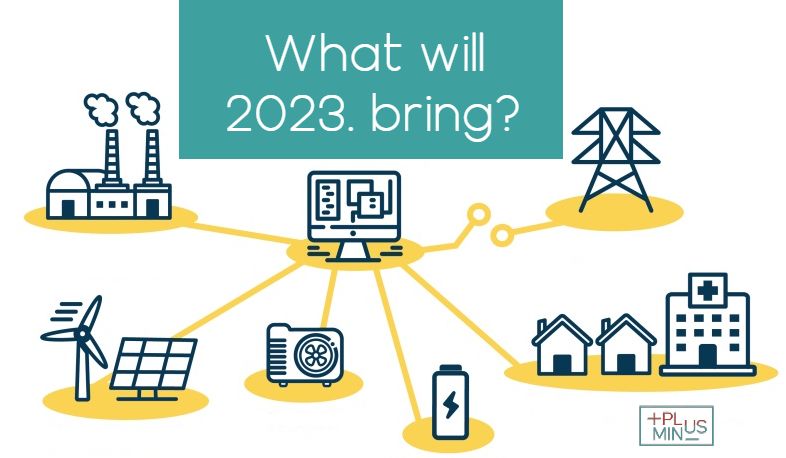
What will 2023 bring?

Posted On :
January 16, 2023
Multiple countries are now experiencing the energy transitions, driven by the goal for better sustainability, higher reliability and decarbonization. The transformations of conventional power systems are speeding up as a result of technological advancement, availability of decentralized power generation and storage, digitalization and organizational improvements.
🕚 According to the German government’s ambitious plans in the coalition agreement, the European aim is to achieve 80 percent renewable energies by 2030, climate neutrality by 2045 and coal phase-out hopefully by 2030.
🛠 When it comes to Bosnia and Herzegovina, precise RES/EE aims for 2030. have not yet been declared, nor the steps for coal phase-out. By signing the Sofian Declaration B&H committed to a number of specific actions including carbon pricing instruments, gradually phasing out coal subsidies, introducing market-based renewables support schemes and actively taking part in the Coal Region in Transition initiative for the Western Balkans.
It is still uncertain at this time if and how energy policy can encourage this technically essential change of the power systems, as well as the market-based mechanisms. ❔
In 2021, gas prices multiplied by four and carbon prices multiplied by three. In 2022, nobody was certain of the future of power prices because it was nearly impossible to anticipate the factors that differentiate them.
💡 So, what does 2023 brings? Numerous investors predict that the dollar would weaken in 2023 and that energy prices will decline, which would both relieve pressure on emerging markets. This outcome for currency markets would be undermined by any failure to control inflation, and an escalated conflict in Ukraine is just one of several potential threats that may send energy prices skyrocketing once more. Considering the unpredictable energy market, businesses are planning forward and creating more ecologically friendly procedures for 2023. The era of centralized power plants is currently being replaced by one of distributed grids and peer-to-peer markets in the energy sector. We will witness the emergence of a very complex market in 2023 where the distribution firm will have to maintain a stable local grid while allowing an increasing amount of renewable and flexible energy assets. Solar is expected to have a 20–30% increase in demand globally in 2023, according to Bloomberg Intelligence. Energy storage technology will be essential in guaranteeing that energy demand never exceeds energy output as a result. In order to achieve the balanced energy system and financial advantage of the end user, the service provider, and the grid operator, artificial intelligence algorithms may be applied to decide when to create, use, store, and exchange energy.
🔆 In 2023, there may be thousands of new energy communities, and this vision may start to take shape – possibly even becoming a reality.
#energy #sustainability #markets #renewables #2023predictions




